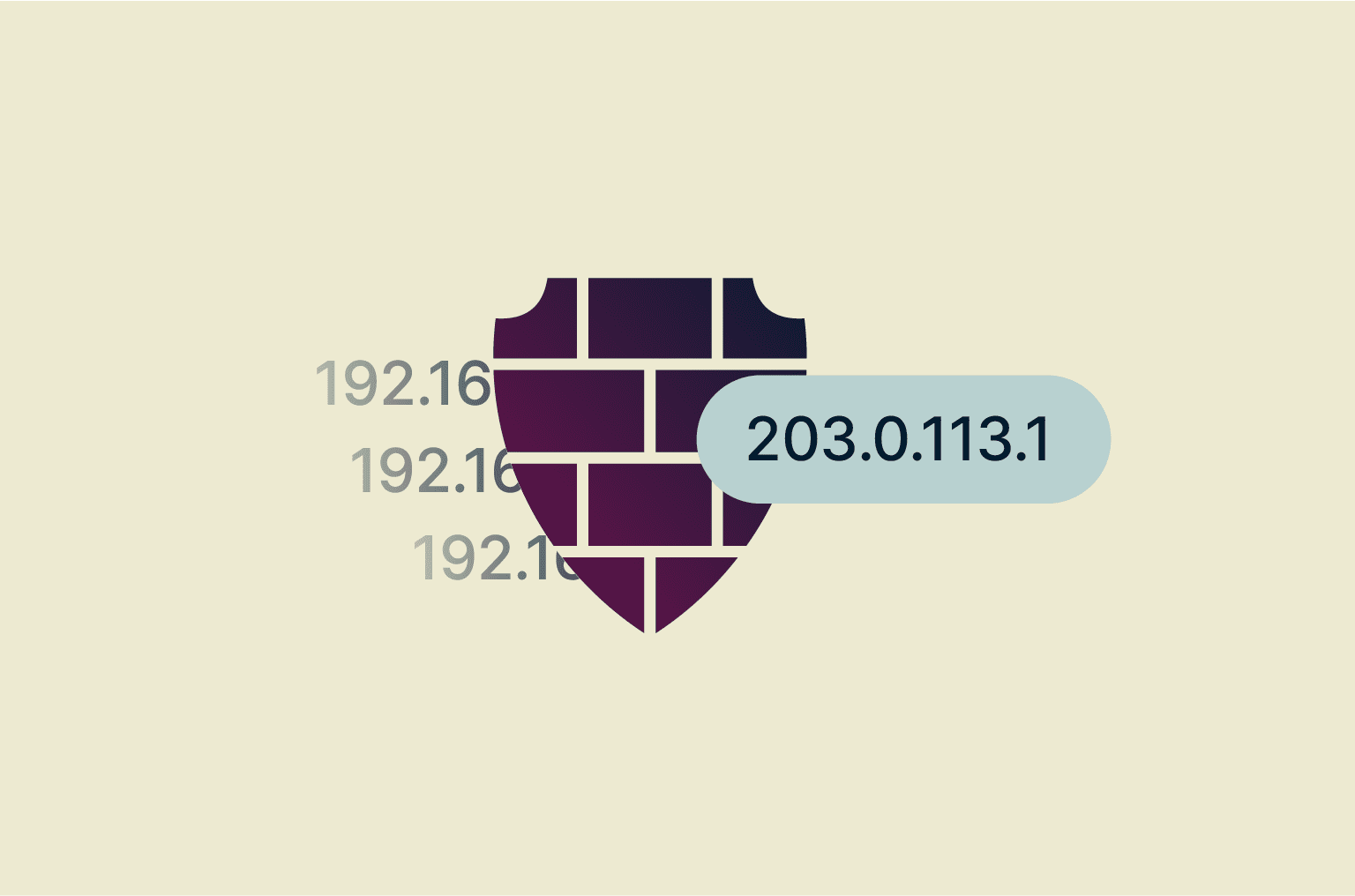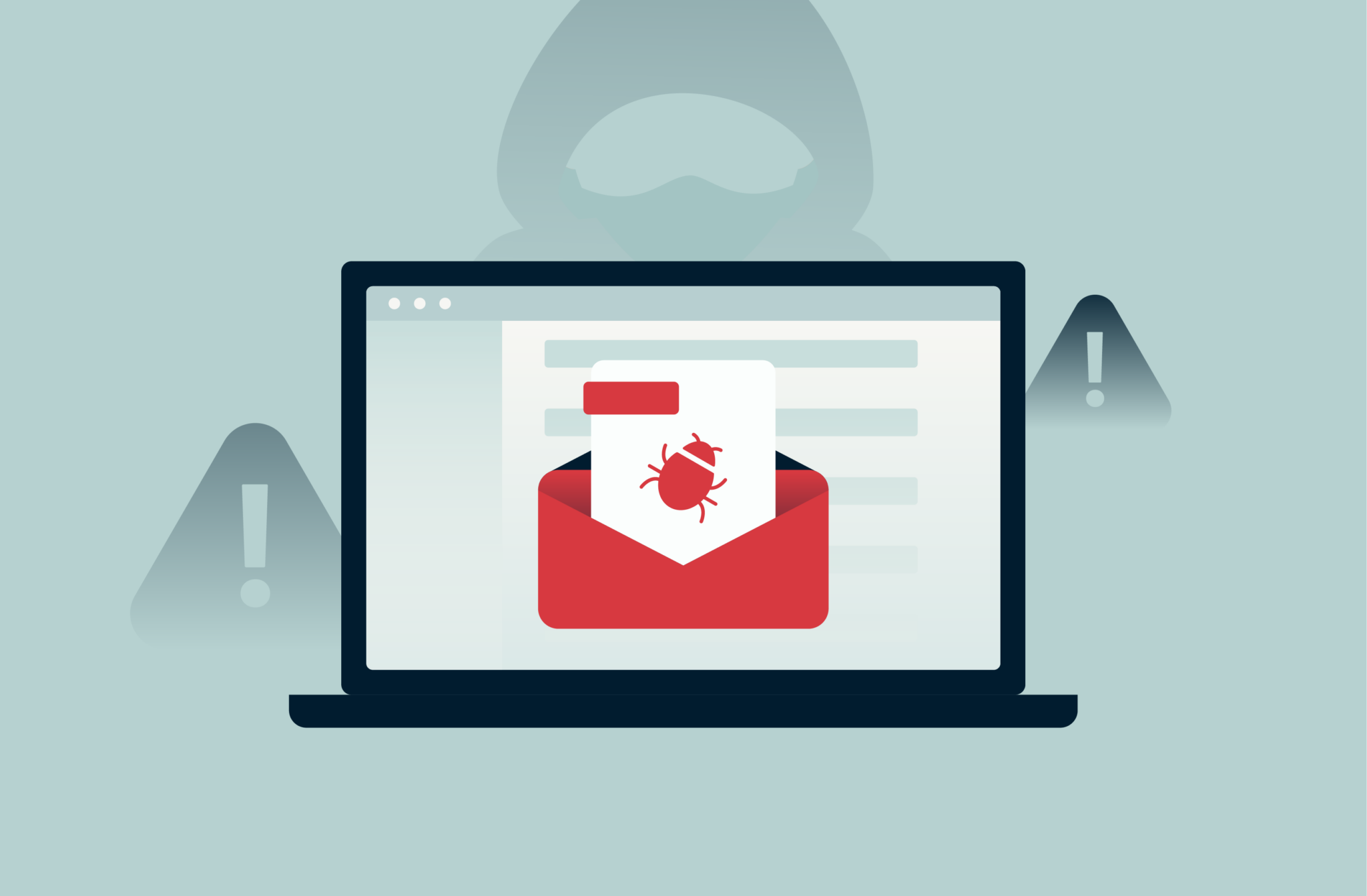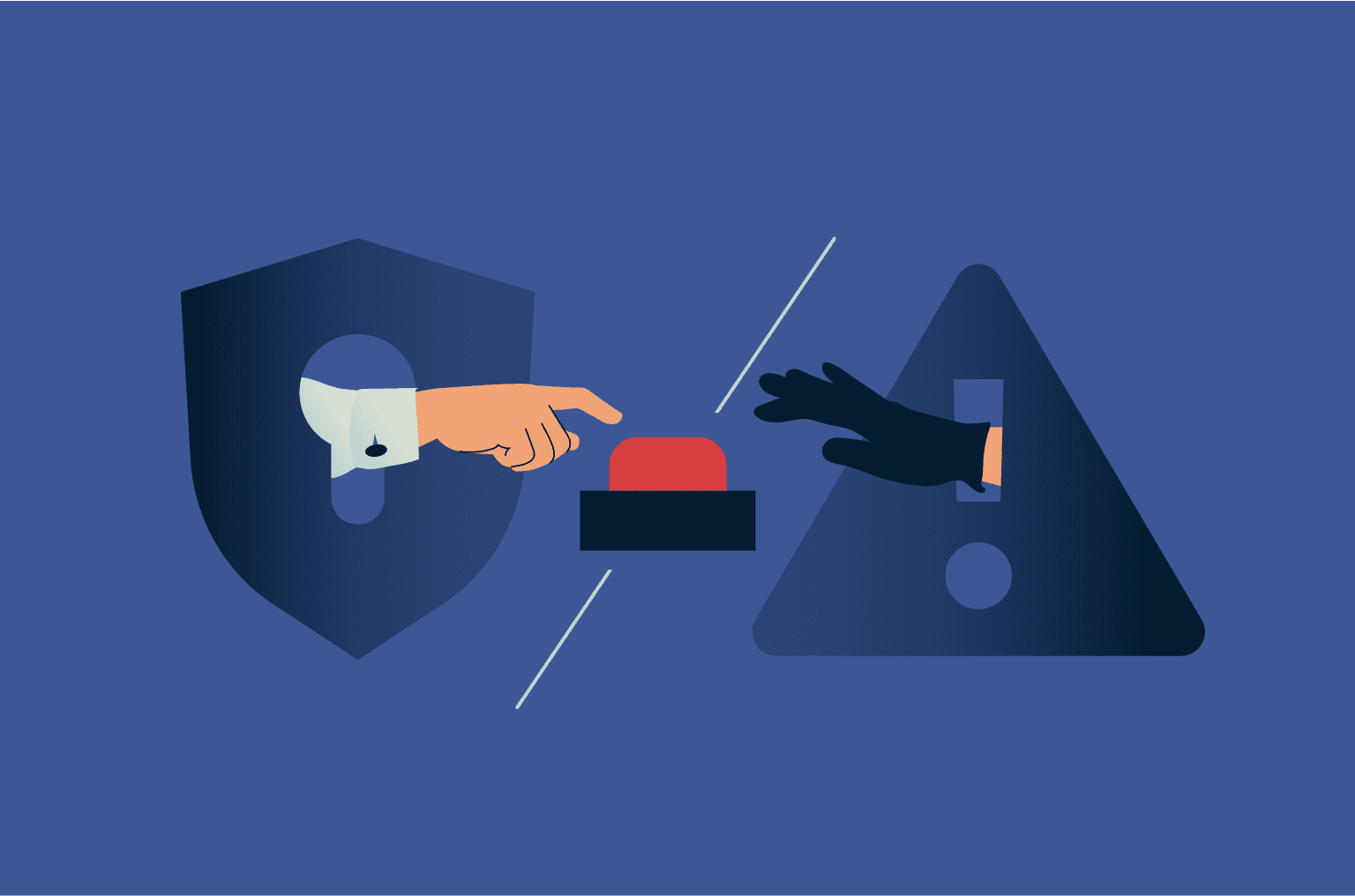-

DHCP meaning and how the Dynamic Host Configuration Protocol works
Ever wonder how your phone, laptop, or smart TV connects to the internet with zero setup on your part? That’s DHCP doing its job behind the scenes. DHCP, short for Dynamic Host Configuration Protoco...
-

What is the IKEv2 VPN protocol?
IKEv2 is a key management protocol used in conjunction with the IPSec tunneling and encryption protocol—together, they form a secure and reliable VPN solution. Although IKEv2/IPSec is one of the mor...
-

Linux for old laptop: Best lightweight distros and installation guide
Have an old computer that isn’t running as smoothly as it once did? Or a device with outdated hardware that can’t handle modern operating systems? Throwing it away is not the only option; there co...
-

NAT “firewall”: Everything you need to know about network security
NAT (Network Address Translation) is a feature built into most routers, helping to manage traffic between your devices and the internet. It rewrites private IP addresses into a public one, making sure...
-

Can a PDF have a virus? How to stay safe
PDFs are everywhere—invoices, resumes, e-books, tickets, reports. But here’s the thing: not every PDF is safe. Some are infected with malware that can quietly install spyware, steal your logins, o...
-

What is a Wi-Fi VPN and why you should use one
We’ve all done it—connected to a random café’s Wi-Fi, scrolled through emails at the airport, or jumped online from a hotel lounge. It’s quick, it’s convenient, and it’s usually free. But...
-

What is an IP stresser, and how do DDoS booters work?
IP stressers are tools used to test how well a network can handle high volumes of traffic. While they can serve a legitimate role in cybersecurity, using them to intentionally overwhelm a network, whi...
